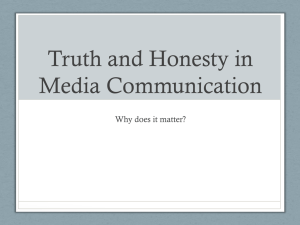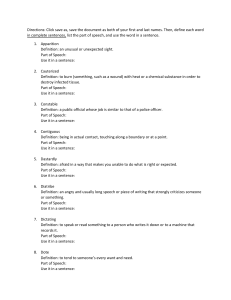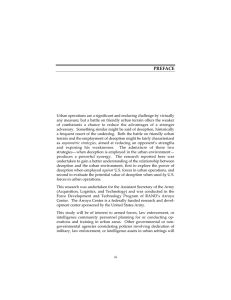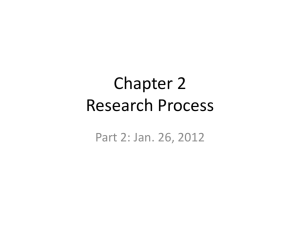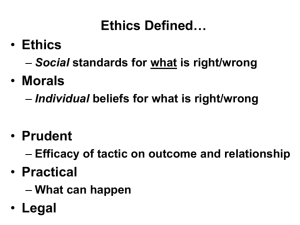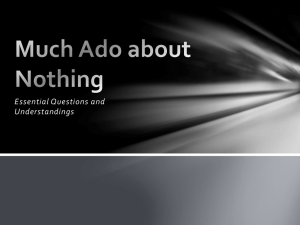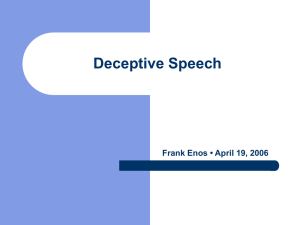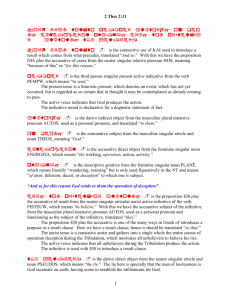Deception and Deception Detection
advertisement
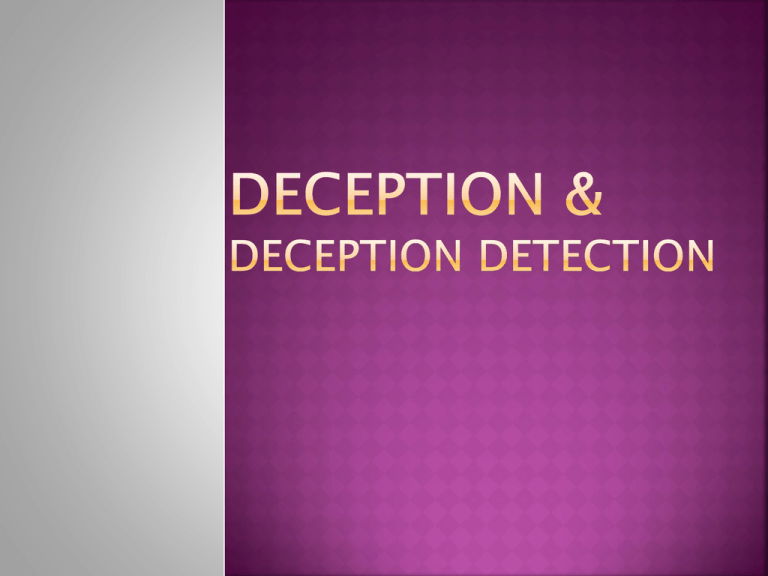
DePaulo & Bell (1996) Married couples lied in 1 out of 10 interactions with their partners. Robinson, Shepherd, & Heywood (1998): 83% of respondents said they would lie in order to get a job. College students lie in 50% of their phone conversations with their mothers (De Paulo & Kash, 1988) 85% of patients conceal information, and 1/3 outright lie to their doctor (Burgoon, Callister, & Hunsaker, 1994) The ability to hide or mask one’s true feelings and opinions is an essential part of communication (Andersen, 2008) People who are better communicators in general are also better at lying (Camden, Motley, & Wilson, 1984) Simulation: feigning Intensification: an emotion one doesn’t really feel exaggerating the intensity of a feeling Inhibition: showing no feeling Miniaturization: showing less emotion than one feels Masking: hiding one emotion by expressing another emotion People are generally poor at deception detection. Studies show the average person is accurate roughly 54% of the time. People think they are better at spotting deception than they actually are. Individual differences Truth bias versus lie bias Prepared versus spontaneous lies Low stakes versus high stakes lies False stereotypes False correlates of deception Gaze avoidance Response latency Postural shifting NLP There is no infallible means of detecting deception No single nonverbal cue, or combination of cues, is reliable Pupil dilation Shoulder shrugs Adaptors touching one’s nose, mouth, face Speech errors dysfluencies repetitions Overcompensation over control of movement, gesture Non-immediacy More distance Fewer “I” statements negative statements
